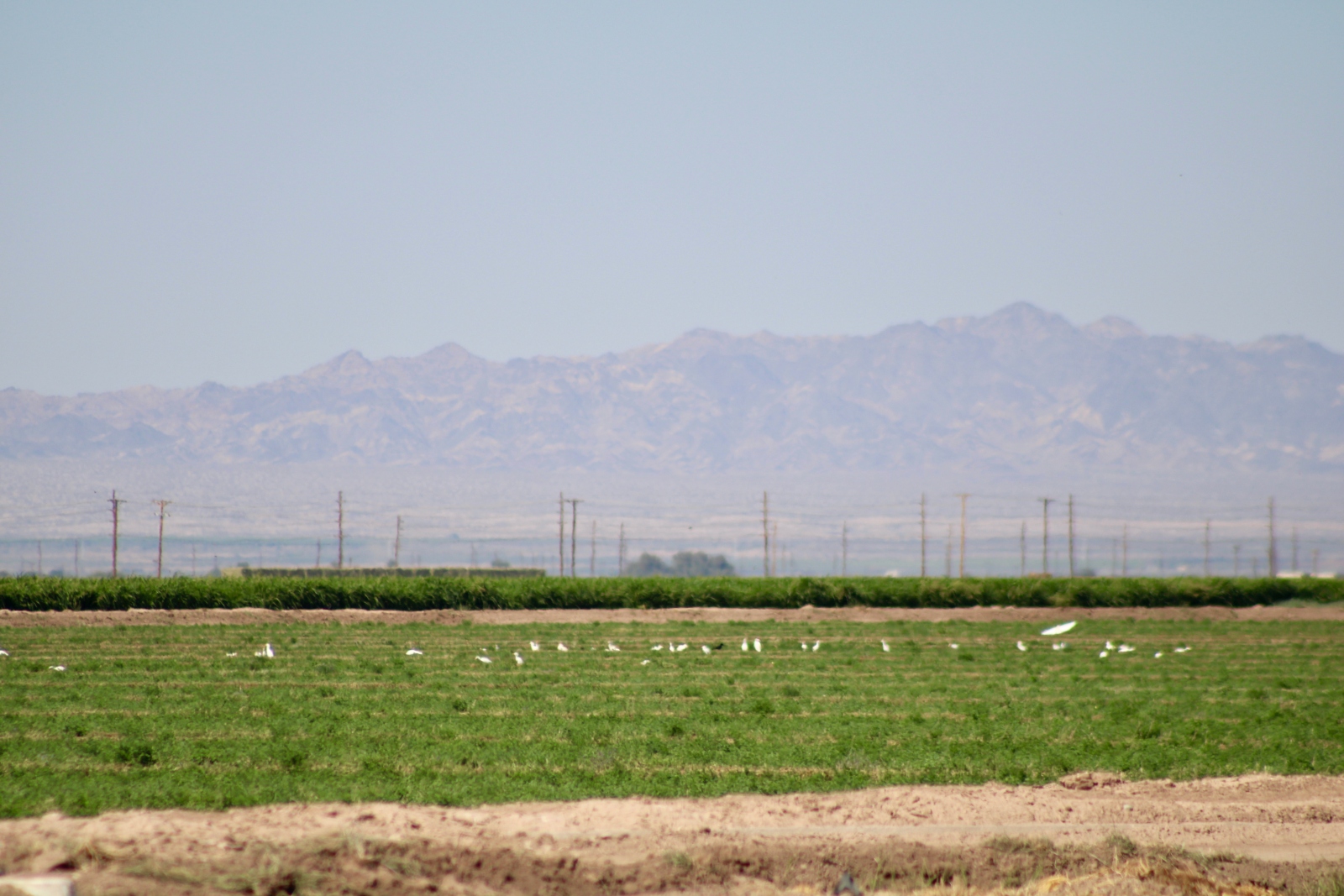
This story was originally published by Canary Media and is republished with permission.
Mark Begansky loves his electric grill. This isn’t your indoor, panini-press-style electric grill; this is an outdoor grill fit for sumptuous summer cookouts on the Fourth of July. Begansky loves to cook mouthwatering kebabs and barbecue chicken, corn and asparagus, getting the edges crisp and making those characteristic sear marks where the food’s caramelized. The look, and, more importantly, the taste are “the same as what you’d get from a gas grill,” said Begansky, who works in the healthcare industry and lives in New Jersey.
Switching to an electric grill is a way to jettison yet one more foothold of the fossil fuel industry out of people’s homes and lives. Yet despite their climate advantages and on-par performance, electric grills haven’t yet broken into the public imagination in the U.S. Of grillers surveyed every two years from 2015 to 2021 by the Hearth, Patio & Barbecue Association, only 3 to 4 percent owned an electric grill.
Most people instead cook with grills that burn something: usually charcoal or fossil fuels, namely fossil gas (mostly methane, or CH4) or propane (C3H8). Grills that consume methane gas require owners to keep a gas line to their homes that they can run out to the grill. For propane grills, cooks purchase propane tanks and switch the gas connection every time the tank runs empty.
As carbon-based fuels, burning methane and propane releases planet-warming CO2 into the atmosphere. What’s worse, fossil gas lines that are fitted incorrectly can leak their methane, a greenhouse gas that’s shorter-lived than CO2 but has a climate impact that’s a striking 84 to 87 times more potent over a 20-year timeframe.
Instead of that pollution, Begansky’s choosing clean energy and electrifying his lifestyle — including, of course, his love for grilling. In 2019, Begansky signed on to an energy plan with 100 percent wind and solar through his utility, Jersey Central Power & Light. Since then, he’s switched to an electric vehicle, gotten a home energy audit and replaced his old propane Char-Broil grill last year with an electric Weber Q 2400. It plugs into a standard 120-volt outlet and “looks just like a regular grill,” he said.
Begansky said he uses his electric grill once or twice a week when the weather’s warm. It’s perfect for his family of four, spacious with enough room to cook 12 burger patties at a time, and can heat up to 550˚F, albeit in about 20 minutes. Begansky is thrilled he doesn’t have to lug around a 37-pound propane tank anymore and can ditch the worries that come from using gas: that he might accidentally burn something down or run out of fuel when the chicken’s half done.

Courtesy of Mark Begansky
The electric grill he bought was more expensive upfront — it’s currently listed for $399, whereas the comparable Weber Q 2200 propane gas grill costs $329. But the operating costs are lower. Begansky doesn’t have to spend $50-plus on propane for a summer of grilling, and, at the same time, said he hasn’t seen any increase in his electric bill. That fits what Weber, the best-selling U.S. grill maker, has found: that it only costs about 10 to 14 cents to run one of its electric grills for a 45-minute cooking session.
Though outdoor electric grills might sound obscure, manufacturers abound, including Char-Broil, Kenyon and George Foreman — maker of the 1990s’ wildly popular “lean, mean fat-reducing grilling machine.” For its part, Weber has been making electric grills since 1972 and today has three lines, including one launched just this February called the Lumin. And while electric grills may be less popular than gas grills, there are still — of course — many listicles weighing the strengths and weaknesses of the models available.
Electric grills match on flavor, take up less space
Despite electric grills’ small market share, sales are ticking upward. The market grew 21 percent from September 2021 to 2022, according to U.S. retail sales information from analytics firm Circana.
Still, despite growing interest and its new electric grill design, Weber plans to continue to sell gas and charcoal models, according to Director of Product Brian Atinaja. The company declined to share specific sales targets for its electric grills, but Atinaja said he thinks they will get a lot more popular in the U.S. — if they can overcome two big hurdles, that is.
First, few people know they exist. Second, those who do know about electric grilling think only of the small, indoor options that don’t deliver the “flavor experience that people associate with gas grills.”
But he (and enthusiasts like Begansky) claims electric can deliver that characteristic grilled goodness. What makes grilled food so delicious? With gas grills, Atinaja explained, it’s the food’s juices and grease falling into the flame, sizzling and vaporizing. Inside a closed grill, this smoky cloud bathes the food in flavor.
Electric grills can be tuned to create this flavor sauna too, according to Atinaja. Weber’s engineers, he said, have tweaked the electric grills’ designs in pursuit of this effect, including figuring out the grate spacings to let the right amount of juice drip onto the heating element and how fast to ventilate away the vaporized drippings so they don’t make the food too greasy.
And beyond matching on taste, electric grills tend to take up less space, Atinaja said, making them a better fit for people who live in dense cities or lack a backyard. And for families who live in apartment buildings or condos that don’t allow cooking on an open flame, electric might be the only way to grill. These reasons, along with more expensive fossil fuel costs, have in fact already made electric grills much more popular in Europe than in the U.S., according to Atinaja.
Still, electric grills can’t get as big as gas ones can, he noted. Electric versions are currently limited by an electrical outlet’s power. While a Weber Genesis gas grill can operate with an input of about 44,000 Btus per hour, a Weber electric grill drawing on a 120-volt socket can only pull an equivalent of 6,000 Btus per hour, according to Atinaja.
“Unless you use that power very efficiently, it’s not going to cook your food as you would expect it to. So that’s why we’ve focused on being super-efficient about the energy,” he said. Weber uses double-wall insulation on the top and the bottom of its newest electric grill to trap in the heat, he said.
But Weber is toying with additional solutions, including adding batteries. That’s a route some companies are already pursuing for induction stoves.
For Begansky, though, the difference in power isn’t an issue. As he sees it, the electric grill’s ease of operation and clear climate advantage outweigh its limitations. Plus, he underscored that electric grills deliver on arguably what matters most — flavor: “The food tastes just as good.”
This story was originally published by Grist with the headline Your next barbecue could feature an electric grill on Jul 15, 2023.




